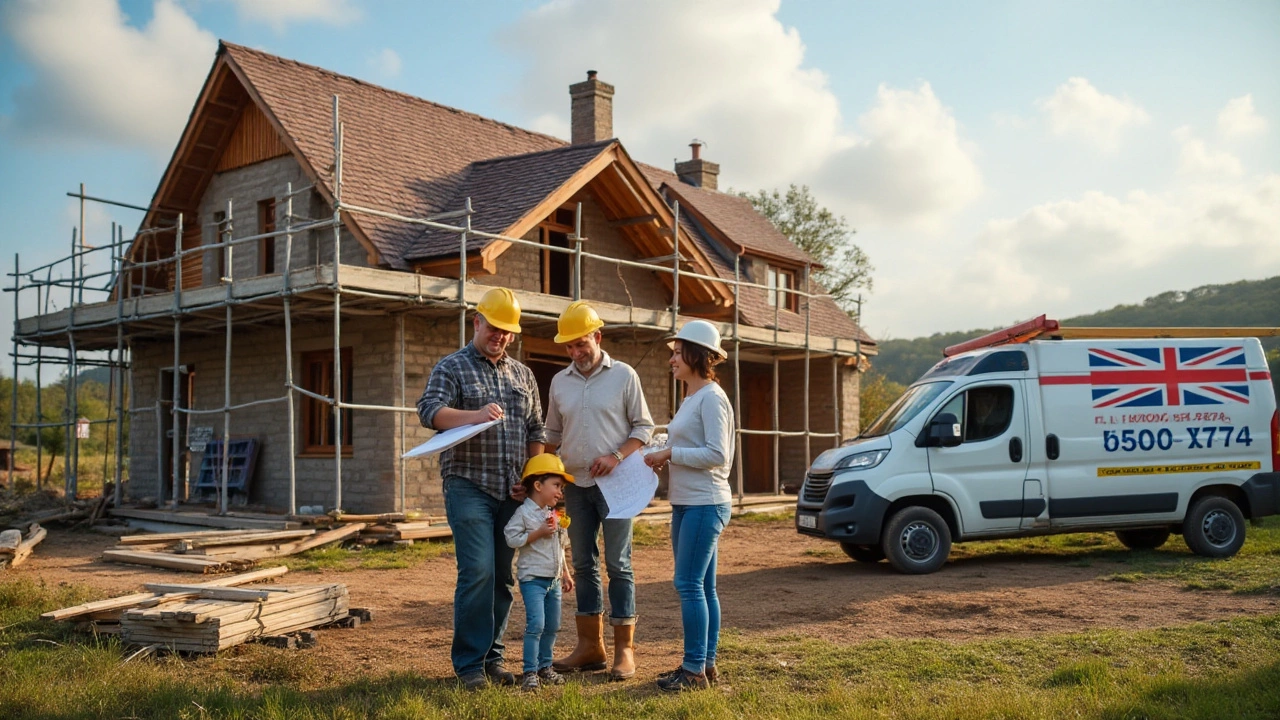New Home Expenses: What You Need to Know
Thinking about building a house? The price tag can feel like a mystery until you break it down. Below you’ll find the biggest cost buckets, hidden fees, and simple tricks to stretch every pound.
Biggest Cost Drivers
Land is usually the first big line item. A good plot in a desirable area can cost twice as much as the entire construction budget in some regions. Once you own the land, the next major expense is the foundation. Concrete, labour, and any soil preparation add up quickly, especially if you need extra reinforcement for a sloping site.
After the slab, the frame goes up. Timber or steel framing prices depend on market demand, but expect around 25‑30% of your total budget here. Roofing follows, and a quality roof can be a major cost driver because you’re paying for waterproofing, insulation, and durability.
Finishes are where the money really starts to vary. Flooring, kitchen cabinets, bathroom fixtures, and interior paint can swing your budget by hundreds of pounds per square metre. Choose durable, low‑maintenance materials early to avoid costly upgrades later.
Don’t forget the “soft costs”. Planning permission, design fees, structural engineer reports, and utility connections are often overlooked but can add 10‑15% to the total. A thorough quote from your architect and builder should list these items clearly.
Tips to Keep Your Budget in Check
Start with a realistic budget and add a 10% contingency for surprises. Most first‑time builders forget this and end up scrambling when unexpected issues pop up.
Get multiple quotes for every trade. A cheap quote might hide hidden fees, while a higher one could include better warranty coverage. Compare line‑items, not just the final number.
Stick to a clear design before work begins. Changes mid‑project can double labour costs and delay completion. If you’re unsure about a detail, pause and research rather than rushing a decision on the site.
Consider buying materials in bulk or during sales. Tiles, fixtures, and timber often have seasonal discounts that can shave off a few thousand pounds.
Use a project management tool or simple spreadsheet to track every expense. Seeing where money goes in real time helps you spot overspend early and make adjustments.
Finally, think long term. Energy‑efficient heating, good insulation, and solar panels have higher upfront costs but lower running bills. The savings over the life of the house often outweigh the initial spend.
Building a new home is a big commitment, but breaking down the costs and planning ahead makes it manageable. Keep these basics in mind, and you’ll avoid most budget shocks while getting the house you imagined.

